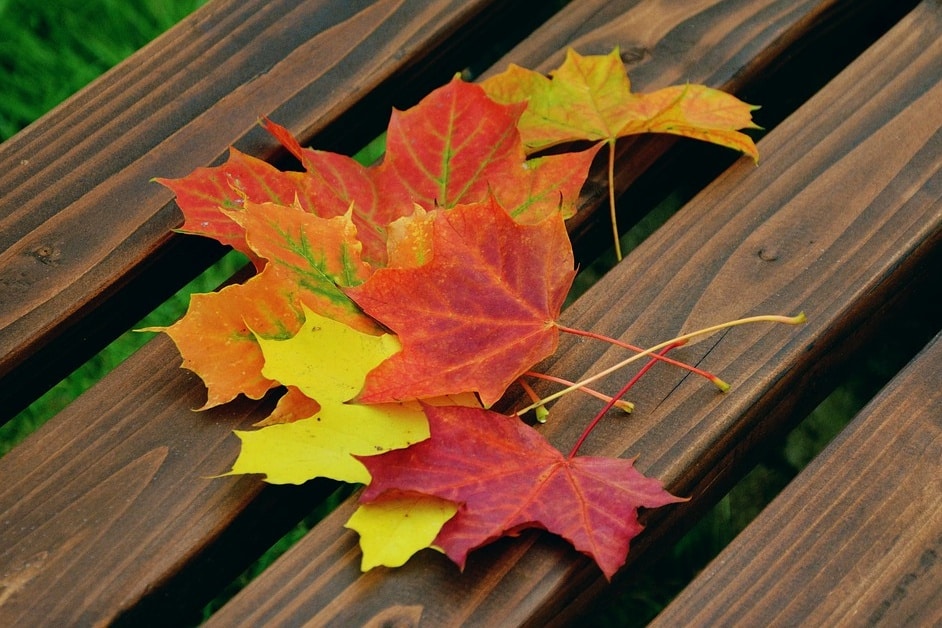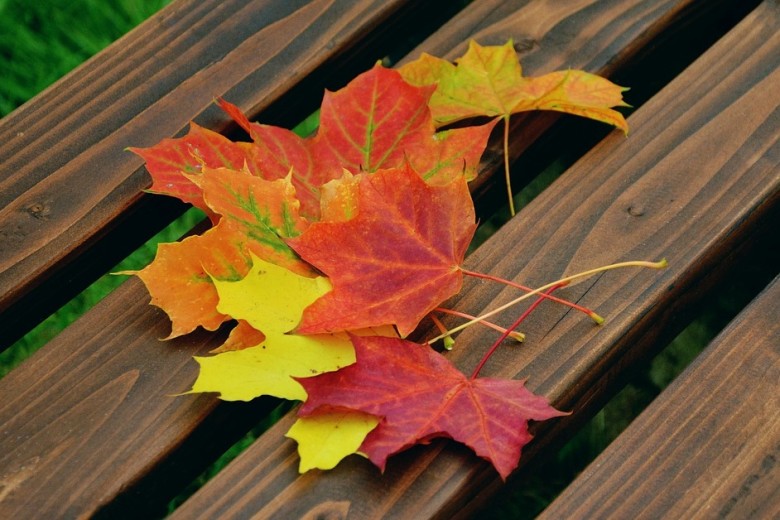Tips for Preserving Leaves in Autumn
Pretty leaves make lasting autumn memories. Follow our easy tips for preserving leaves, and then enjoy the colorful result for years to come.

Coffee By Design | Portland, Maine
Photo Credit : Katherine KeenanPreserving leaves is an easy way to keep the colors of autumn in your home all year long. When I was a little girl, I had a three-block walk to school. On these walks in the fall I played a game, a treasure hunt of sorts, where I would find the tiniest perfect leaf and the largest perfect leaf and present them to my mom before lunch. I walked along those three blocks with my head down, selecting candidates, comparing them against the few carefully held in my hand by the stems, gently tossing the rejects on the slate sidewalk. My mother examined the day’s catch and then served me my soup and sandwich.
Today I play the same game with my daughter, Sara. I send her out to find the most perfect specimens, smallest and largest. We preserve these, and when the days turn shorter and colder, we set up the card table by the fireplace. Then we glue the colorful leaves onto note cards and bookmarks for holiday gifts.
Have you ever thought about preserving leaves each autumn? Here are a few of our favorite tips for how to preserve leaves.

TIPS FOR PRESERVING LEAVES IN AUTUMN
Start by selecting the best specimens. Pick a sunny day and collect only dry leaves. Avoid leaves with any damage, because these imperfections will be accentuated when the leaves are dry. Try to find at least four or five leaves from each species so that you’ll have a good representation.
Place each leaf between two layers of paper towel or blotting paper (found in art-supply stores). If you do this step within 30 minutes, the leaves won’t dry out or lose too much color. The trick to keeping the colors sharp is to remove the moisture as quickly as possible.
Gently put the leaf (with its paper). You can buy a press to save your leaves, but puffing them between the pages of a large book will do the job. When I was a child, we used a big phone book, but I now prefer a large coffee-table book — the pages are thicker, and therefore more likely to withstand moisture. And when it comes to adding weight for pressing, a big hardback book is less likely to shift and damage the leaf. Keep at least ten pages between leaves, and don’t put in too many — if you have a lot of leaves, use a second book.
Stack at least five more books (at least five pounds of pressure) on top, and let them sit for ten days or more. Keep the books in a dry room (no humidifiers). For the best results, change the blotting paper after the first few days of pressing.
If you have just a few leaves and want quicker results, try ironing them dry. Set your iron on medium (no steam) and place the leaves between single layers of absorbent paper or paper towels. Press for at least ten minutes, turn the leaves over, change the paper, and press the second side for about five minutes. To prevent scorching, keep the iron moving constantly.
“Secrets of Preserving Leaves” first appeared in the September, 1999 issue of Yankee Magazine.








My late Mom always pressed them to dry and then ironed them on low, dry heat sandwiched between 2 sheets of waxed paper. Worked great!
When I was younger my family also preserved leaves between sheets of waxed paper. We would hang them in a sunny window and called it “New England Stained Glass”. I sent some to my sister in San Antonio and she loved it. Her younger children didn’t remember fall colors and they were amazed to see them up close.